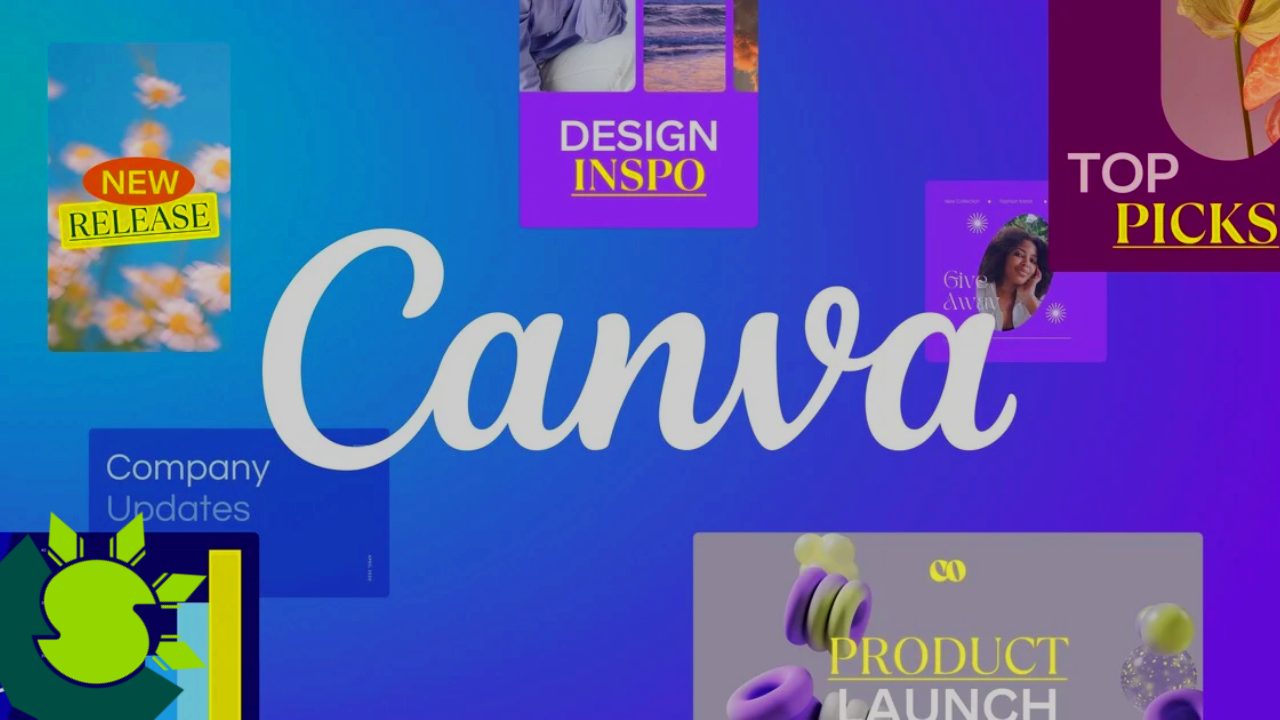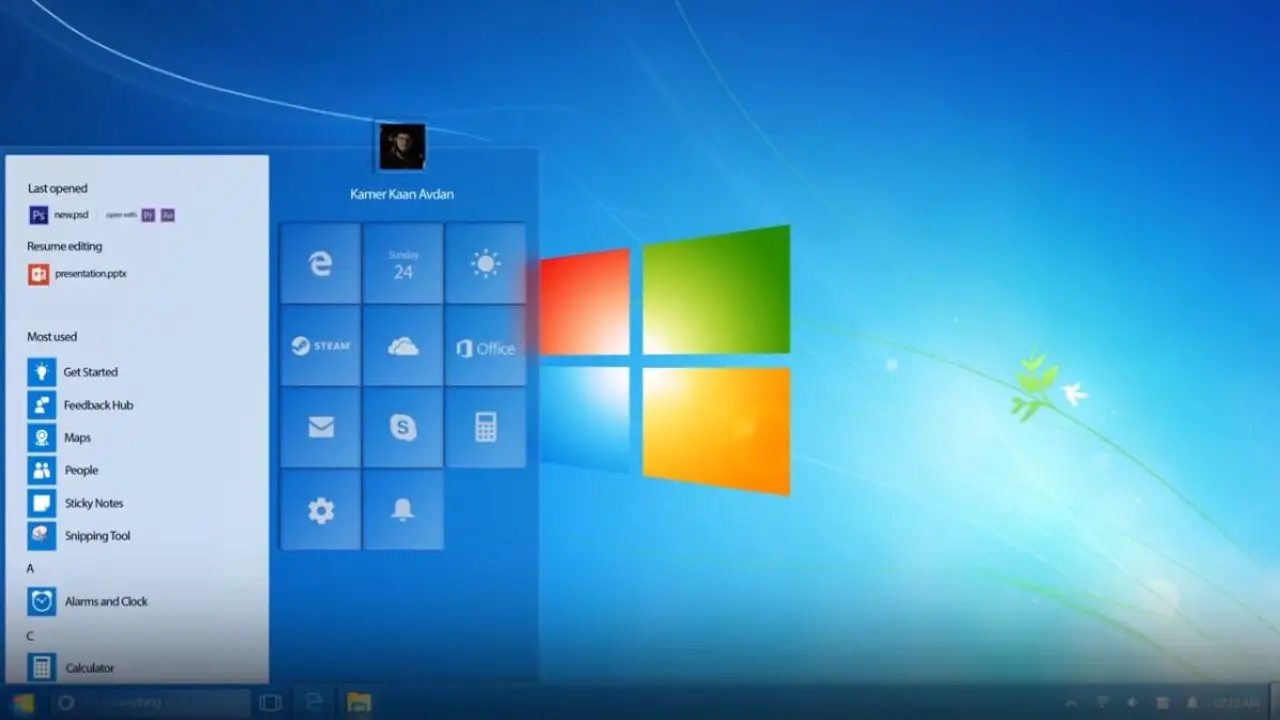Canva is a graphic design platform that offers a wide range of tools and features for creating visual content. One of the things you can do with Canva is creating mockups, which are visual representations of a product, app, or website. Mockups are useful for showcasing a product or idea in a realistic and professional way.
With Canva, you can create mockups in a few simple steps. First, you can choose from a wide range of pre-made mockup templates, or you can create your own mockup from scratch. Canva offers a variety of design elements, such as images, shapes, and text, that you can use to create your mockup. You can also use Canva’s intuitive design tools to adjust the layout and design of your mockup to suit your needs.
Once you have created your mockup, you can use Canva’s sharing and exporting features to share your mockup with others or save it for later use. Overall, Canva is a user-friendly and versatile tool that makes it easy to create professional-looking mockups for any purpose.
Related Questions
What are mockups and why are they important?
Mockups are visual representations of a product, app, or website. They are often used in the early stages of product development to showcase the product or idea in a realistic and professional way. Mockups can help stakeholders and potential customers get a better sense of what the final product will look like and how it will function, and they can also help designers and developers identify potential problems and make necessary changes. Overall, mockups are an important tool for visualizing and refining products before they are built.
What are some common types of mockups?
There are many different types of mockups, depending on the product or idea being represented. Some common types of mockups include:
- Website mockups, which show how a website will look and function on different devices and screen sizes.
- App mockups, which show how an app will look and function on different devices and operating systems.
- Product mockups, which show how a physical product will look and function in real-world scenarios.
- Packaging mockups, which show how a product’s packaging will look and function in real-world scenarios.
- Print mockups, which show how a printed document or design will look and function in real-world scenarios.
What are some common tools and techniques for creating mockups?
There are many different tools and techniques that can be used to create mockups. Some common tools and techniques include:
- Using pre-made mockup templates, which can be easily customized to create a professional-looking mockup.
- Using design software, such as Adobe Photoshop or Illustrator, to create custom mockups from scratch.
- Using online mockup generators, which allow you to create mockups quickly and easily without the need for design skills.
- Using paper and pencil to sketch out rough mockups, which can be useful for quickly exploring different ideas and concepts.
- Using prototyping tools, such as InVision or Marvel, to create interactive mockups that can be tested and refined.
How can mockups be shared and used?
Once a mockup has been created, it can be shared and used in a variety of ways. Some common ways to share and use mockups include:
- Sharing the mockup with stakeholders and potential customers to get feedback and refine the product or idea.
- Including the mockup in presentations or pitches to showcase the product or idea to investors or partners.
- Using the mockup as a reference for designers and developers to help guide the development of the product or idea.
- Using the mockup in marketing materials, such as brochures or social media posts, to showcase the product or idea to potential customers.
- Using the mockup as a starting point for creating other visual content, such as graphics or videos, to promote the product or idea.
What are some best practices for creating effective mockups?
To create effective mockups, it’s important to follow some best practices. Some tips for creating effective mockups include:
- Start with a clear idea of what the mockup should showcase and how it will be used. This will help guide the design and layout of the mockup and ensure that it is clear and effective.
- Use high-quality images and graphics in the mockup to make it look realistic and professional. Avoid using low-resolution or poorly-designed images, as they can detract from the overall quality of the mockup.
- Keep the mockup simple and focused. Avoid adding too many elements or details, as this can make the mockup cluttered and difficult to understand.



